
台灣人、留日大學生、工程專業 熱愛閱讀、致力於透過淺白的方式傳遞知識 文章第一時間會更新在我的網站上,歡迎追蹤及訂閱電子報 網站: https://shepherblog.com 卡稱: Shepher 希望能透過這個平台與世界交流、也歡迎與我分享你的想法 : ) -
🍡Types of Japanese wagashi
Before we officially introduce the various types of wagashi, let’s first understand some of the ingredients commonly used in the production process!
◈ Beans
The sweet and dense bean paste filling can be said to be the soul of most fillings and fruits. The commonly used beans include red beans, peas, white adzuki beans and kidney beans (white kidney beans).
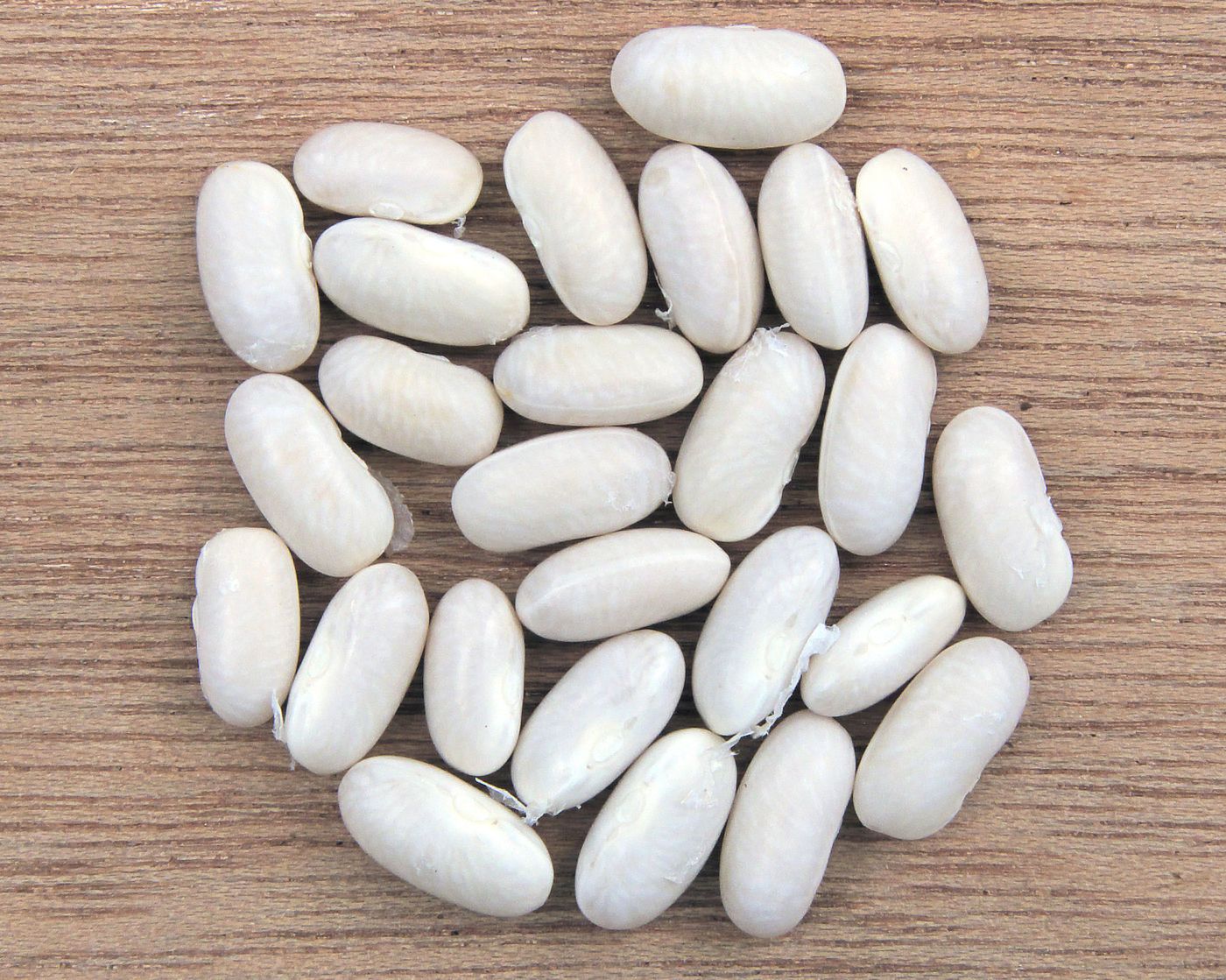
These beans can be processed into various fillings according to different purposes. Take red beans as an example. If the soft-boiled red beans are boiled directly with sugar without removing the outer skin, the obtained fillings are called grain fillings, while those boiled with interesting skins It is called sand stuffing.
Other common fillings include yellow-white pea fillings, white fillings, glutinous rice fillings made from yam jimmy flour, and matcha fillings made from Kyoto's famous matcha.
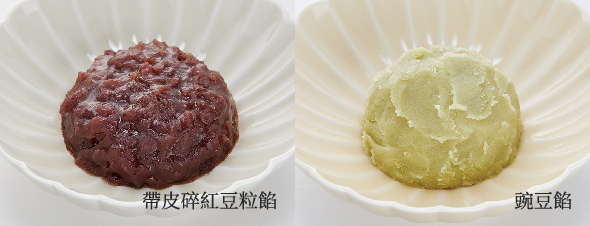
◈ Sugar
The next thing I want to introduce is the sugar that must be included in wagashi!
As the most important partner of beans, do you think granulated sugar is only divided into brown sugar and white sugar? Japan's sugar is not only these, in some bakeries, they will mainly use "Japanese white sugar" for their sugar. The white sugar mentioned here (じょうはくとう) is actually 1% more invert sugar than ordinary sugar. (a mixture of glucose and fructose).

Adding this granulated sugar to breads and cakes will give them a moister texture and easier coloring when baking. Not only in sweets, but also in Japanese home cooking, sugar is often added, which is the salty-sweet flavor that is commonly eaten in Japanese cuisine.
In addition, you may have heard of Sanwen Candy (さんおんとう) and Hesan Pot Candy (わさんぼん).
Sanwen sugar is made from the residual sugar solution after the crystallization of pure sucrose. The traditional method will always be heated and crystallized three times, hence the name. The biggest feature of Sanwentang is the appearance of caramel color, and the sweetness is stronger than that of white sugar and general sugar, so it is mostly added to teriyaki and Tsukudani dishes.
Hesanbontang is a famous high-grade sugar in Japan, and the price is several times higher than that of ordinary sugar! Sanpen Tang is made by hand using a sugarcane variety called "Bamboo Candy". Sanpen means that in the process of making sugar, the sugar needs to be repeatedly kneaded and squeezed on the wooden basin three times.
In addition, Sanpen sugar is so expensive because of the lack of production sources. Currently, only Kagawa Prefecture, Tokushima Prefecture and some parts of Shikoku have production in Japan. Due to the complicated work and limited output, it is usually only used when making high-quality wagashi.
Different from Western-style desserts, the production process of wagashi uses less animal-based ingredients such as cream and dairy products, and instead uses plant-based ingredients such as glutinous rice, cold days, plums, chestnuts, etc.
It takes a lot of space to introduce the raw materials. Thank you for your patience to see the friends here. Next, I will officially introduce the types of wagashi~
Reference: https://www.wagashi.or.jp/japaneseweets-wagashi/zh-tw/types/
◉ Daifuku
Daifuku's glutinous rice skin is made from steamed glutinous rice and then mashed until the rice grains cannot be seen. This kind of dough is commonly known as mochi.
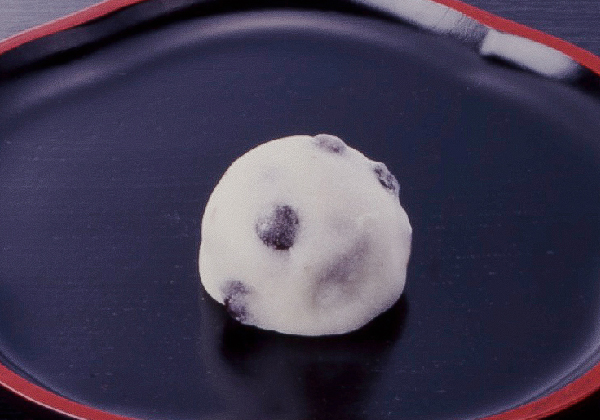
◉ Dumplings
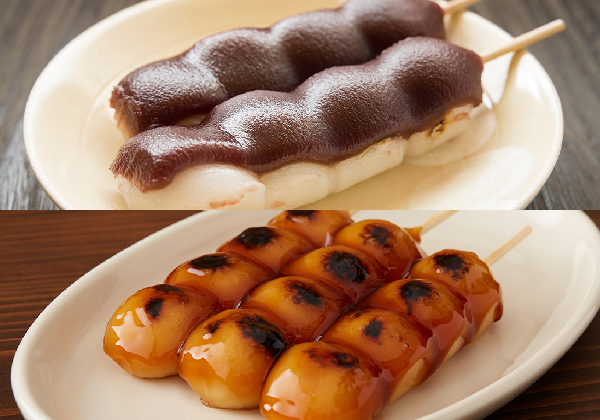
The raw material of dough used to make dumplings is rice flour. The dough is pounded and ground into mochi, which can be stuffed or not. Soy sauce dumplings, which are common in Asakusa, are actually called "Mitarai dumplings" (Mitenarai refers to the place in front of the shrine where people wash their hands), which are skewered dumplings that are grilled and then drizzled with soy sauce, kelp, and sugar. Dumpling skewers made from a sauce made by boiling water and water. I personally can't stand salty dumplings...
◉ Kashiwa Cake

The ingredients of Kashiwa cake are the same as those of dumplings. The mochi made by pounding is rolled flat and packed into fillings and then steamed, so it is more flexible. Pak cakes are usually seen from April to May every year.
◉ Yokan
When I first heard the food of yokan, I thought it was some kind of organs from sheep XD, but it turned out that yokan was a dessert. The name of yokan comes from China, and the yokan referred to at that time was really a soup made from mutton, which was cooled and frozen due to its gelatinous texture.
When Buddhism was introduced to Japan in the Kamakura period, because most Japanese monks were vegetarians, yokan evolved into a frozen dessert made of beans.
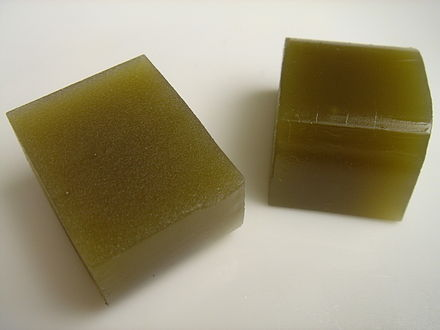
There are many types of yokan, such as chestnut steamed yokan, water yokan, Kokura yokan and so on. The most common and simplest type of yokan is called "Honren yokan". The production method is to add water to the cold and dissolve it, add red bean paste during the process, and then pour it into a mold to solidify it. My personal impression of yokan is that it's so sweet😥.
◉ Grass Cake
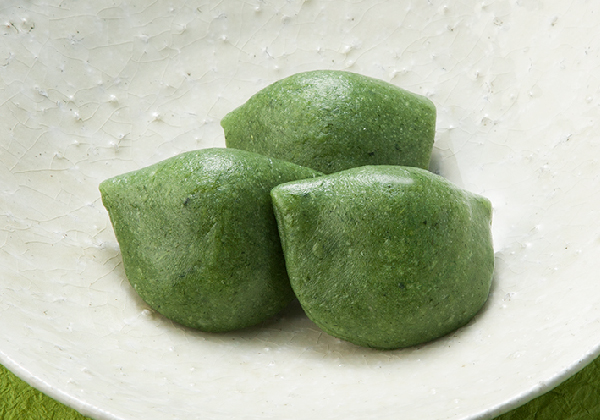
The raw material of grass cake is also rice flour. The word grass of grass cake refers to wormwood, and its fragrance is very unique. There are many shops in Asakusa selling it.
◉ The middle
This wagashi with a very unique name, have you ever eaten it? The original meaning of the most is actually the round appearance of the moon when the moon is full, but the most I saw today has various shapes.
In the Shimbashi area of Tokyo, a long-established confectionary shop sells the most naka, called "cut belly naka (せっぷくもなか)". It is said to be a gift for people to apologize when they make mistakes. 😂
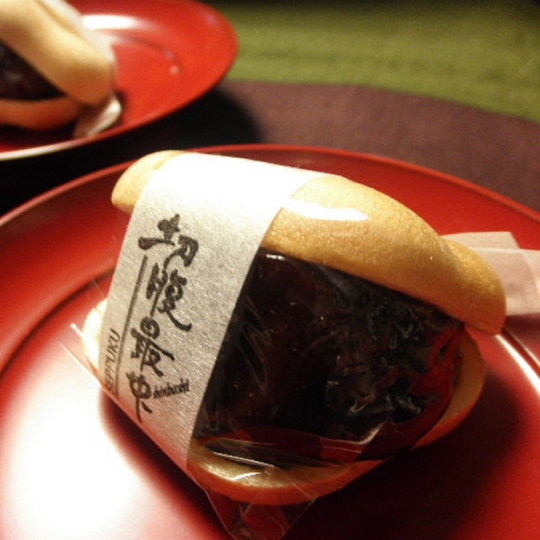
https://shinshodoh.shop-pro.jp/?mode=cate&cbid=2030558&csid=0
◉ Refinement
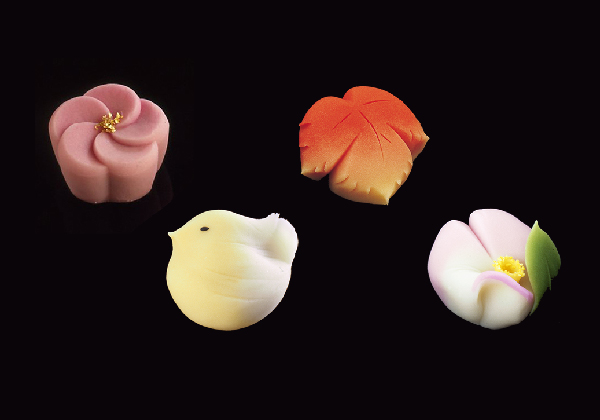
The smelting and cutting stuffing is made by mixing white stuffing with yam and Qiufei (a kind of wagashi made from white jade powder, glutinous rice flour, sugar and water jelly). Color and shape.
◉ Ayu (Wakamatsu)

Wakayu refers to ayu in Japanese. Ayu yaki is very similar to Taiwanese chicken cakes. The ingredients are different from the above-mentioned wagashi, mainly flour, sugar, condensed milk and eggs. After being grilled on a copper plate into an oval shape, it is wrapped in fat and shaped like ayu.
This time, I introduced eight kinds of wagashi, but in fact, there are more types of wagashi than these. Today’s introduction can be said to be the tip of the iceberg (?). I hope everyone can have a chance to taste these traditional but very delicate desserts. Also welcome to share your favorite wagashi with me!
Like my work?
Don't forget to support or like, so I know you are with me..
Comment…